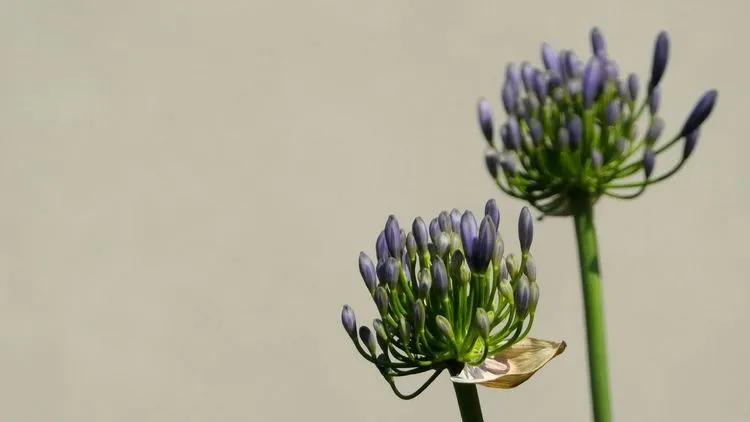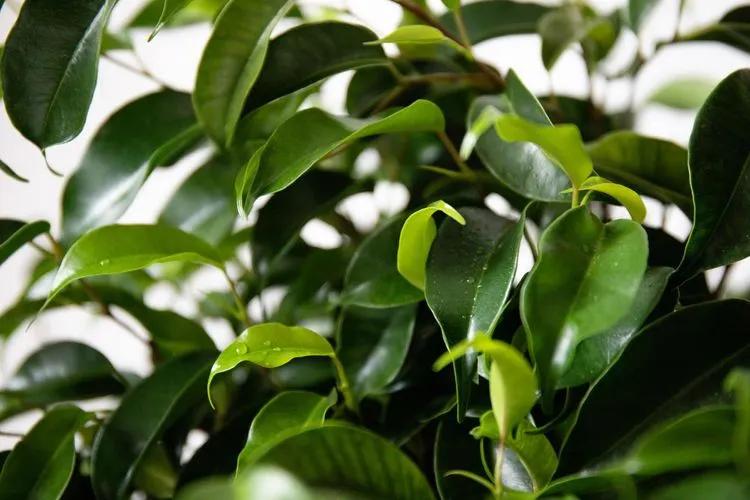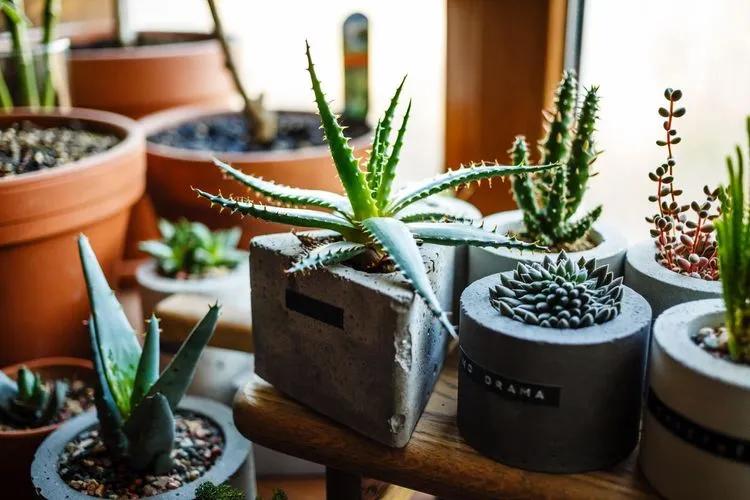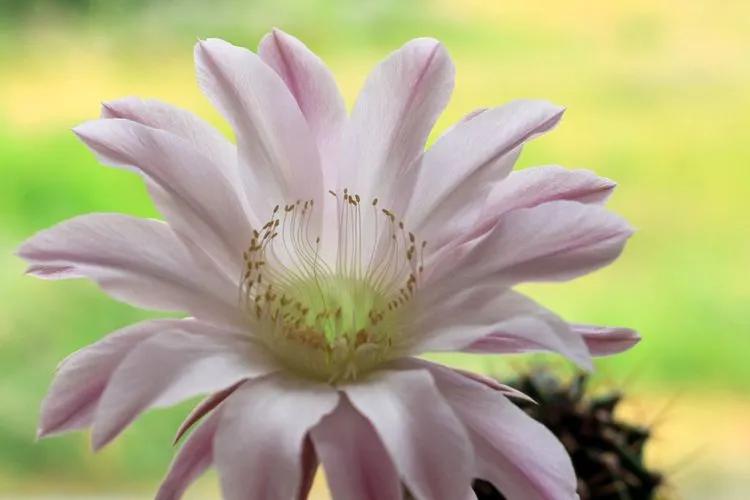Direct sunlight might burn most plants; that is why the sunny side does not always benefit flowers. However, if you have a south window - don't be discouraged; we have prepared a list of the plants that will thrive in such conditions, as well as tips for taking care of them.
Also, it is important to know that not every south window has the same light intensity; everything depends on the climate of your place.
Anthurium
 This plant needs a large amount of bright, diffused light. During the season of active growth, it needs regular abundant watering. However, water it only when the top layer of soil mixture dries out.
This plant needs a large amount of bright, diffused light. During the season of active growth, it needs regular abundant watering. However, water it only when the top layer of soil mixture dries out.
For longer and lush flowering, inflorescences that have begun to fade should be cut off in time. Thanks to this, the plant will not waste energy on them but will direct it to develop new inflorescences.
Agapanthus
 This gorgeous blue-blooming plant adores bright sunlight, so don't be afraid to place it right next to a window. Different species of agapanthus can interbreed with each other easily, forming various hybrids. In the spring and summer, water the flower abundantly (since it begins to bloom), and during the autumn-winter season, reduce watering to a moderate level.
This gorgeous blue-blooming plant adores bright sunlight, so don't be afraid to place it right next to a window. Different species of agapanthus can interbreed with each other easily, forming various hybrids. In the spring and summer, water the flower abundantly (since it begins to bloom), and during the autumn-winter season, reduce watering to a moderate level.
Ficus Benjamina
 This plant, commonly known as weeping ficus, needs bright light and can withstand up to several hours of direct sunlight. Unlike most other plants, it must be sprayed with cool water. Also, do not forget to wipe off the leaves as they become dirty.
Such a ficus tree will be an unusual addition to your interior. This plant is an official symbol of Bangkok.
This plant, commonly known as weeping ficus, needs bright light and can withstand up to several hours of direct sunlight. Unlike most other plants, it must be sprayed with cool water. Also, do not forget to wipe off the leaves as they become dirty.
Such a ficus tree will be an unusual addition to your interior. This plant is an official symbol of Bangkok.
Succulents
 Succulents are suitable plants for the south window side. As they come from semi-deserts and deserts, they love sunshine and warmth. If you feel like having one little succulent is not extra enough, make a composition consisting of several species: Lithops, Haworthia, Echeveria, and other plants will look cute together.
These mesmerizing little ones require little maintenance. However, for their comfortable existence, they must be provided with a well-drained substrate.
Succulents are suitable plants for the south window side. As they come from semi-deserts and deserts, they love sunshine and warmth. If you feel like having one little succulent is not extra enough, make a composition consisting of several species: Lithops, Haworthia, Echeveria, and other plants will look cute together.
These mesmerizing little ones require little maintenance. However, for their comfortable existence, they must be provided with a well-drained substrate.
Cacti
These cuties came from America, and their natural environment is the deserts and semi-deserts of Mexico, Peru, and Chile, where they reach large sizes. Cacti living on our windowsills are often bred by selection. They are hybrids that are considered dwarfs due to their tiny size. As these plants come from areas with a lot of direct sunlight, they will feel alright in the warmth of the southern windowsill.
Echinopsis
 This cactus of extraordinary beauty will surpass all your expectations. Its blooming begins in the spring and can last up to six months. The bright light of the south window is vital for it.
This cactus of extraordinary beauty will surpass all your expectations. Its blooming begins in the spring and can last up to six months. The bright light of the south window is vital for it.
Watering should be regular but not frequent: every 7-10 days, depending on the dryness of the substrate. During winter, you do not need to water it at all - it is the period when the plant should be in peace. With the proper care, you can enjoy the blooming and scent of this plant for years.
Astrophytum capricorne
 These cacti originate from the deserts of Mexico and South America, where they thrive in lots of light and warmth. However, they will feel well not only in the deserts but also on the sunny side of your apartment.
These cacti originate from the deserts of Mexico and South America, where they thrive in lots of light and warmth. However, they will feel well not only in the deserts but also on the sunny side of your apartment.
There are a lot of Astrophytum varieties, but Astrophytum capricorne is one of the most impressive cacti. On top of its body, there are spines in horns that resemble real deer horns. In close to natural conditions, the height of the cactus can reach up to 30 centimeters. Flowering is observed in summer, but it does not last long. The petals reach about 60 mm in length; their color can differ: from yellowish to deep yellow.
